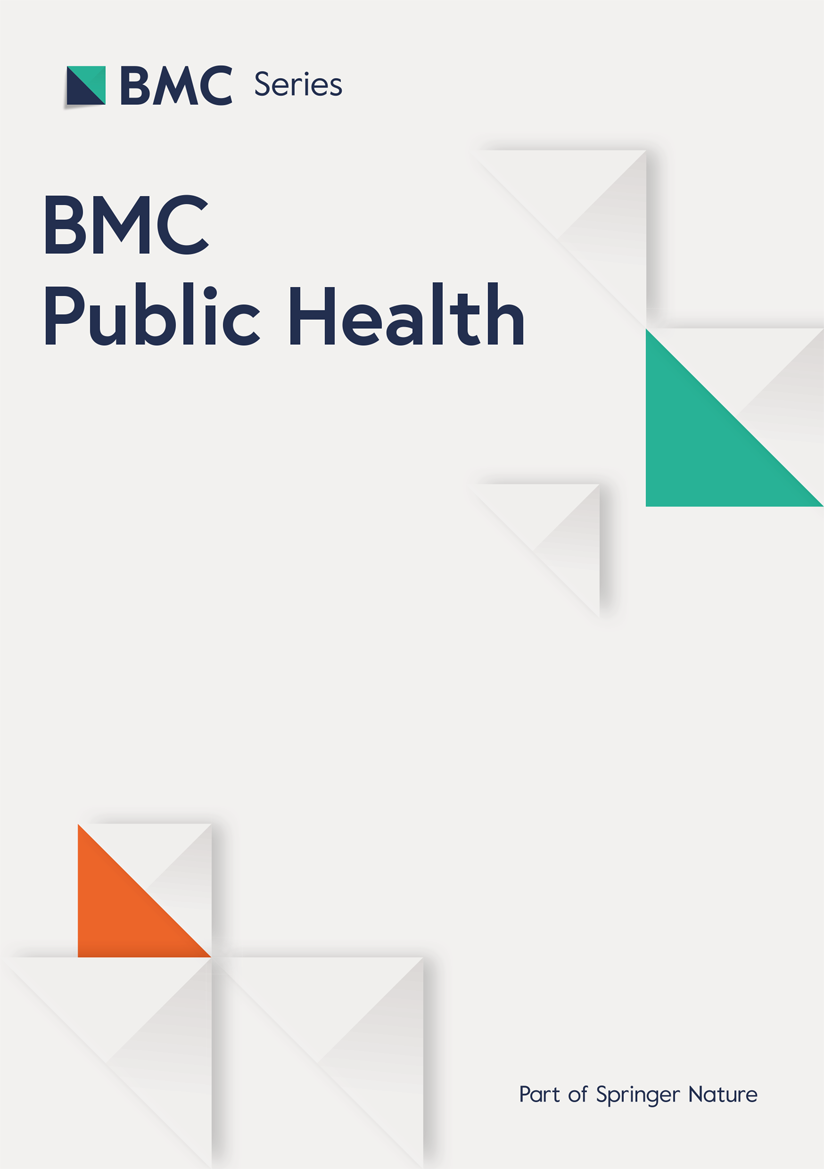Study design
This quasi-experimental controlled interventional study was conducted in 2024 among elderly individuals attending comprehensive health service centers in Qom, Iran.
Study participants and sampling
Inclusion criteria were: age 60 years or older; absence of mental or psychological disorders and intact awareness of time and place (assessed via review of health records); ability to communicate verbally; absence of hearing impairments; and willingness to participate in the study. Exclusion criteria included acute physical illness, inability to cooperate with the research procedures, and missing more than one training session.
The sample size was calculated to be 118 participants (59 per group) based on a pilot study and the following formula, with a 95% confidence level, 5% margin of error, 80% statistical power, and accounting for a 10% attrition rate:
$$n=frac{{left({text{z}}_{1-frac{text{a}}{2}}+{text{z}}_{1-{upbeta:}}right)}^{2}left({{upsigma:}}_{1}^{2}+{{upsigma:}}_{2}^{2}right)}{{1}^{{left({upmu:}-{{upmu:}}_{2}right)}^{2}}}$$
Sampling was conducted using a random cluster sampling method. Initially, a list of all comprehensive health service centers in Qom, Iran, was compiled, with each center considered a cluster. Four centers were then randomly selected from this list. Subsequently, using simple random assignment, two of the selected centers were allocated to the intervention group, and the remaining two to the control group. Finally, from the health records of older adults registered at the selected centers, 59 participants were randomly selected for each group (intervention and control).
Data collection tool
A
A demographic questionnaire, encompassing age, occupation, education level, marital status, and medical history, is fundamental for characterizing the older adult population. Numerous studies have underscored the importance of assessing these demographic variables, as they significantly influence lifestyle patterns among older adults. Consequently, understanding these factors is critical for designing effective and targeted interventions to improve lifestyle behaviors and health outcomes in this population [20, 21].
B
The Health Promoting Lifestyle Profile II (HPLP-II) questionnaire, developed by Walker based on Pender’s health promotion model in 1995 [22]. Provides a multi-dimensional assessment of health-promoting behaviors across six dimensions: health responsibility, physical activity, nutrition, spiritual growth and personal self-actualization, stress management, and interpersonal relations. This instrument comprises 52 items, each answered on a 4-point Likert scale: (1) Never, (2) Sometimes, (3) Usually, (4) Always. Individual item scores range from 1 to 4, yielding a total score range for health-promoting behaviors of 52 to 208. Separate scores are also calculated for each dimension, with the following ranges: spiritual growth and personal self-actualization, health responsibility, and interpersonal relations (9–36); stress management (8–32); physical activity (7–28); and nutrition (10–40). In both individual dimensions and the overall questionnaire score, higher values indicate more frequent engagement in healthy behaviors and a healthier lifestyle. The Cronbach’s alpha for the total questionnaire has been reported as 0.94, with subscale values ranging from 0.79 to 0.87 [23, 24].
Educational program
Prior to commencing the training program, participants received comprehensive information regarding the study’s process, purpose, and the assurance of data confidentiality. Subsequently, the baseline questionnaire was administered to all participants prior to the educational intervention. The training content was developed in accordance with the study objectives, and its validity was confirmed by a panel of five experts in the field of gerontology. The primary source of the training content was the three-volume “Education of Healthy Lifestyle” series published by the Ministry of Health, Treatment, and Medical Education. This material was presented to the intervention group by trained facilitators consisting of a mental health expert, a nutritionist, and a health care provider. The educational intervention comprised eight group training sessions, each lasting 30 min, conducted with six groups of older adults. Two training sessions were held each week. A detailed overview of the content, educational methods, and suggested activities for each session is presented in Table 1. The multimodal educational interventions incorporated the following elements: (1) for nutritional sessions: lectures combined with question-and-answer sessions that included recording daily food intake; (2) for physical activity sessions: lectures, question-and-answer sessions, and practical demonstrations involving group walks outdoors; (3) for stress management sessions: lectures, group discussions, brainstorming, and practical demonstrations of relaxation exercises to be performed at home; and (4) for mental health sessions: lectures, question-and-answer sessions, group discussions, and group artistic activities such as flower planting and gardening. During this period, the control group received no training. Two months following the completion of the training program, the questionnaire was re-administered to both groups. The data obtained were analyzed using SPSS version 21 software. Descriptive statistics were employed to summarize the data and provide an overview of the study variables. Inferential analyses included Box’s M test to assess the homogeneity of variance-covariance matrices, as well as univariate and multivariate analyses of covariance (ANCOVA and MANCOVA), with statistical significance set at p < 0.05.
Ethical considerations
This study was conducted in accordance with the ethical principles outlined in the Declaration of Helsinki and received approval from the Research Ethics Committee of the Iran University of Medical Sciences (Approval ID: IR.IUMS.REC.1403.482). All participants provided written informed consent prior to participation. As this study employed a quasi-experimental design and did not constitute a clinical trial, trial registration was deemed not applicable. Clinical trial registration number: Not applicable.
